
“It doesn’t matter how fast you’re running if you’re going in the wrong direction.” That’s a loosely paraphrased sentence from Pat Flynn’s book “Will It Fly? How to Test Your Next Business Idea So You Don’t Waste Your Time and Money”.
There’s a lot of wisdom in that statement for content marketers. It distills how important content strategy really is. Especially for those of us who are still caught up in the “more is better” approach to content marketing.
Publishing faster – or even publishing better – won’t help much if we aren’t being strategic about what we publish and why.
Now, it is true that publishing more often will increase your traffic and leads. And we have to publish a minimum amount of content if we want to hold our audiences’ attention. But that’s only the first hurdle.
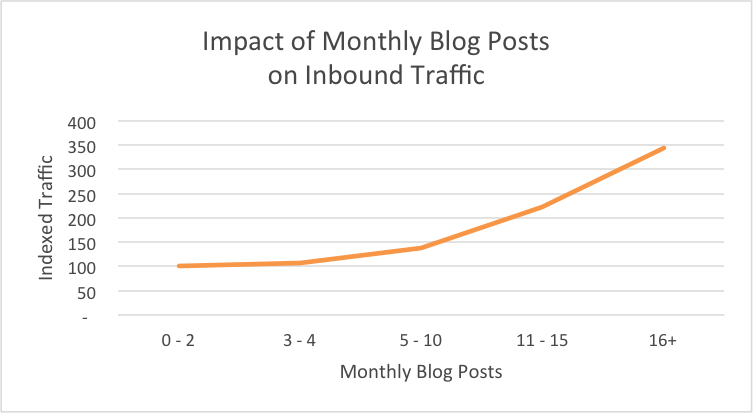
Publishing more often does generate more traffic and leads, but you have to be publishing the right type of content to get these results. Graph courtesy of HubSpot.
We also have to publish content that meets a minimum level of quality. What that looks like will depend on your audience and your business. But no matter who you are or who you publish for, that content has to be at least useful or entertaining for your audience.
Otherwise, they’ll just ignore you.
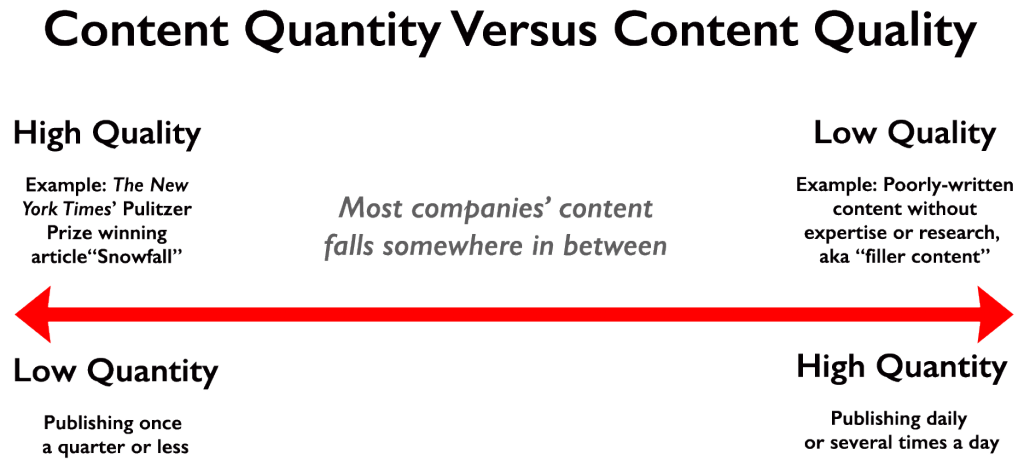
But balancing content quality and quantity still isn’t enough. If we really want results from our work, we’ll have to take a step back. We’ll have to start thinking about the goals of our content before we ever start writing or designing, much less promoting our content.
We’ll have to develop a content strategy.
The importance of building a well-defined content strategy
That strategy will decide which topics we create content for, and for whom that content is intended to reach. Without a defined (and documented) strategy, we risk publishing “random acts of content”. Or, to say it another way, we’ll be firing first, and aiming second. That’s no way to hit a target.
This is exactly what publishing smarter is about. With a well-defined strategy, we might actually discover we don’t need to publish so much content. That’s because the content we do publish will be more effective. We may also discover that we’ve got most of the content we need already – it just needs to be updated and maybe fine-tuned for different audiences.
So if you’re among the 70% of content marketers that aren’t getting good results, maybe it’s time to step back and spend some time defining your overall strategy. You might save yourself a lot of work, and finally get off that “must publish more – and more – and more!” hamster wheel.
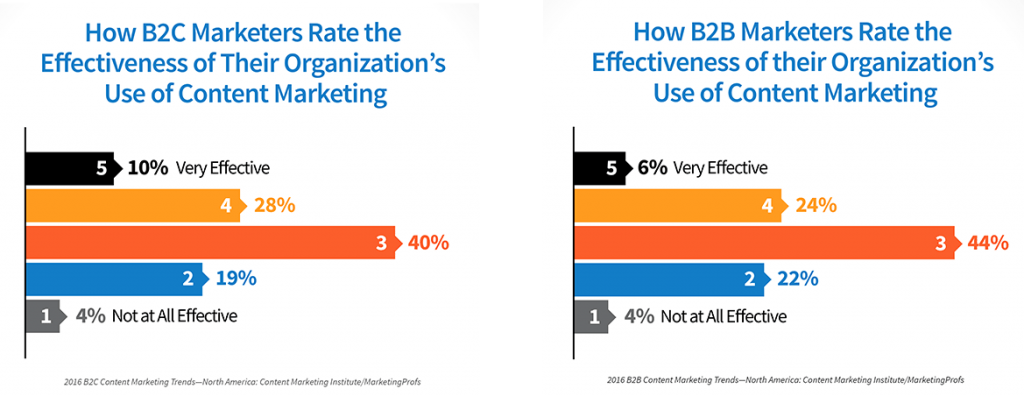
Only 38% of B2C and 30% of B2B marketers rate their content marketing as being “effective” or “very effective”. A lack of strategy may be the cause of some of that.
How to publish smarter
If you’ve been doing content marketing for any longer than a month, the best place to start is with a content audit. We’ve got a blog post about how to do a simple, one-day content audit.
If you’re a Scoop.it Content Director user, you might be able to skip the content audit entirely. That system will already have logged every piece of content you’ve published – from social media updates to eBooks and more.
It will also be tracking how much website traffic each individual piece of content attracts, how many leads each generated, how well each converts, plus all the social media shares and more, as shown in the below screenshot:
All of this means that you can run a few reports and be able to see exactly which pieces of content are most successful – and which ones aren’t working well.
That’s a great start, and you’ll probably get a lot of ideas for improvement from it. But it’s still only a beginning. The next thing to focus on is your buyer personas. These are different customer types in your business. Some companies prefer to use customer segments instead of personas (and that’s fine), but we’ll stick with the persona model here.
Each one of those personas has a unique viewpoint. They have different needs, concerns, and goals. More importantly, they may make their way from being prospects to becoming customers differently. This is called a buyer’s journey.
You need to have your customer personas and their buyer’s journeys all defined – all written down. Then your task is to make sure there’s a specific piece of content designed for each persona, at each step along the buyer’s journey. You don’t want them to get a certain point and have no next step, right? And you wouldn’t want one type of buyer to be reading content that isn’t suited to them, right? So that’s why we define all this.
You can use a chart like the below to help you with the process:
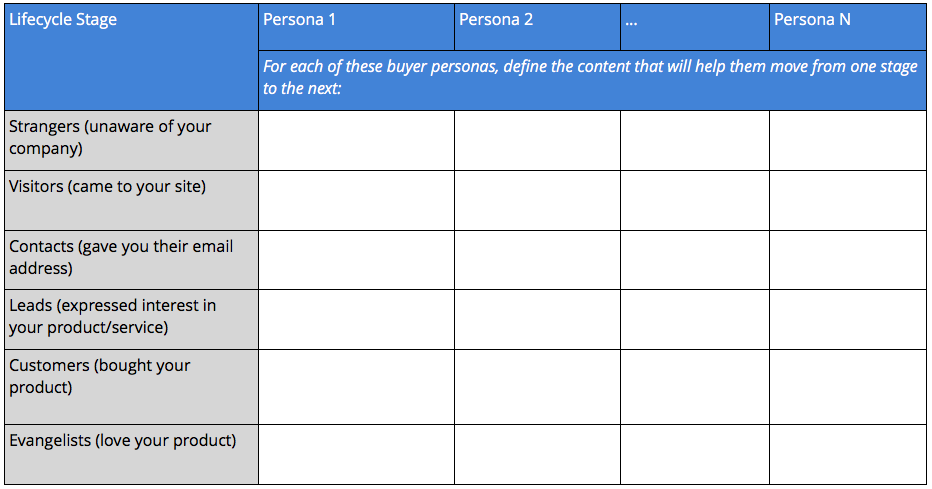
Your next job is to make sure you’ve got updated, relevant, high-quality content for each persona at each stage through their buyer’s journey.
This content mapping is at the core of your content strategy. As you do this mapping, you may realize different stages of the buyer’s journey might be better suited to, say, videos, while later stages need whitepapers or ROI calculators. This is exactly the type of planning that’s done before anyone starts writing content or choosing images.
Here’s a table from Smart Insights and First 10 that lays out which content formats tend to work best at different stages in the buyer’s journey. Use it as a framework – not gospel.
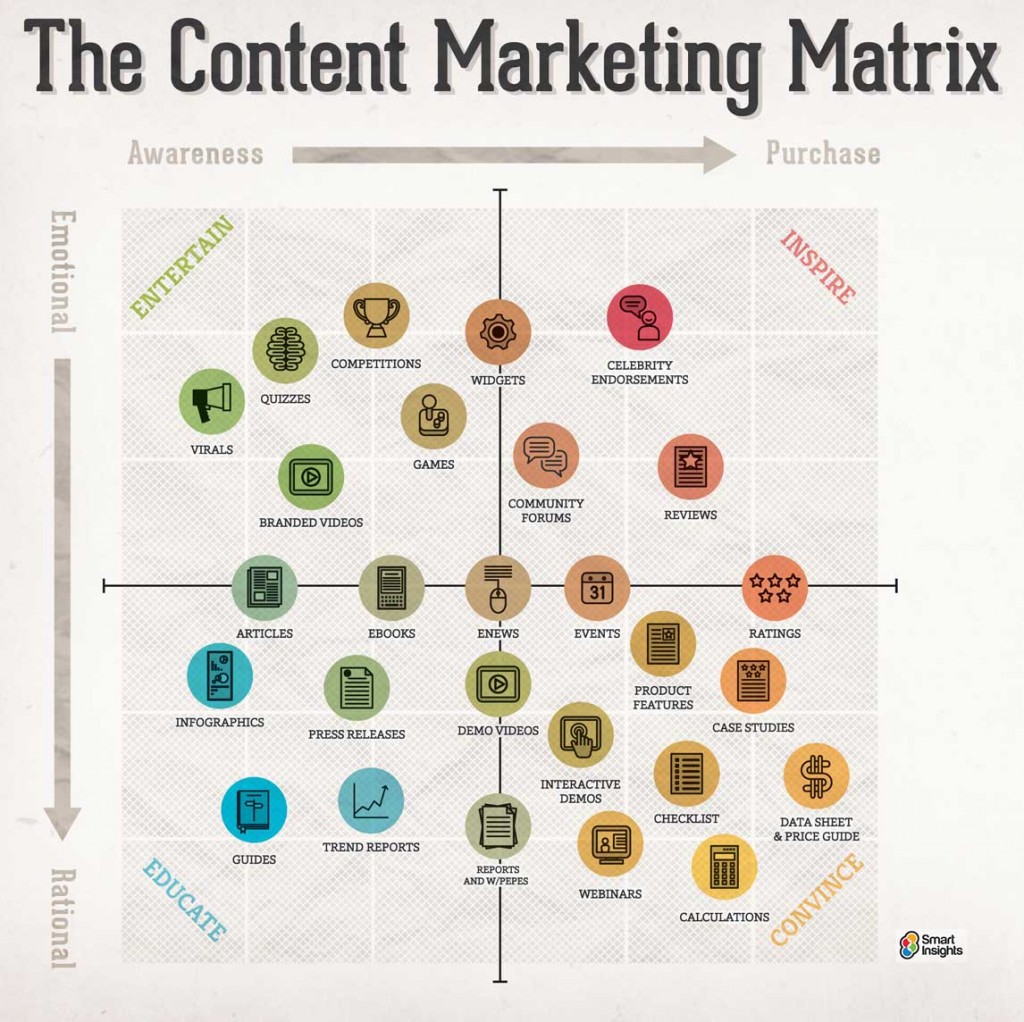
Aim to have a blend of formats: some long form, some short form, some visual, some video, some test based. That way you’ll have content suited to different buyers’ content preferences. Some folks just don’t like long, information-heavy white papers. They’d rather listen to a webinar.
At this point, you know what content you need, and what content you’ve got. The next step is to figure out which content needs to be updated. This is a superb way to maximize past efforts by refreshing old content. There’s a great blog post about how to do it here.
Once you know what needs to be refreshed, you’ll want to schedule exactly when and how you’re going to develop all this content. We strongly encourage you to use an editorial calendar for this. We are particularly fond of Scoop.it Content Director’s Smart Content Marketing Calendar, as we built it for just this type of work.
As you lay out your editorial calendar, you’ll also be stepping into the next phase of executing this new strategy you’ve created. We call it the “content hub”. That’s your on-site repository – or library – of all your content assets. Think of it like a bank vault (some people call it a content vault, too).
We’ve found content hubs to be extremely helpful, both for ourselves and our audiences. We like them so much, we wrote a whole eBook about content hubs.
Beyond your content strategy to each phase of the content marketing lifecycle
Those are the basics for developing and implementing a solid content strategy. The flow chart below shows the full content marketing lifecycle, in which you’ve now moved from strategy, into planning (that’s where your editorial calendar and content hub come in).
From there you’ll start actually producing and updating all this new content. Then you’ll move beyond to content promotion, analysis, and amplification.
For a detailed walk-through of those later phases, see Julie Gauthier’s blog post series, “The complete guide to optimizing the content marketing lifecycle”.
A real-world example of all this in action – with results
Now, what can you expect from all this work? Well, there’s actually a great case study of a company that did pretty much exactly what we’ve covered here. They’re the B2B company LENOX Tools, a division of Newell Rubbermaid. LENOX Tools cuts metal for saw blades, power tools, and other hand tools. That might mean they’d fall under some people’s definition of a less-than-thrilling business, but I’m sure they’re never dull.
So what results did LENOX get from their content strategy rehaul? Well, they managed to take most of the heavy lifting for lead generation away from their sales team, and on to their content marketing efforts. By the time they were done, 29% of LENOX’s engaged-state leads were coming from their content, as were 50% of their qualified leads.
They also leveraged a content hub – “The Industrial Metal Cutting Resource Center”. It’s helped to boost their rankings in the search engines, and to serve existing clients and information seekers.
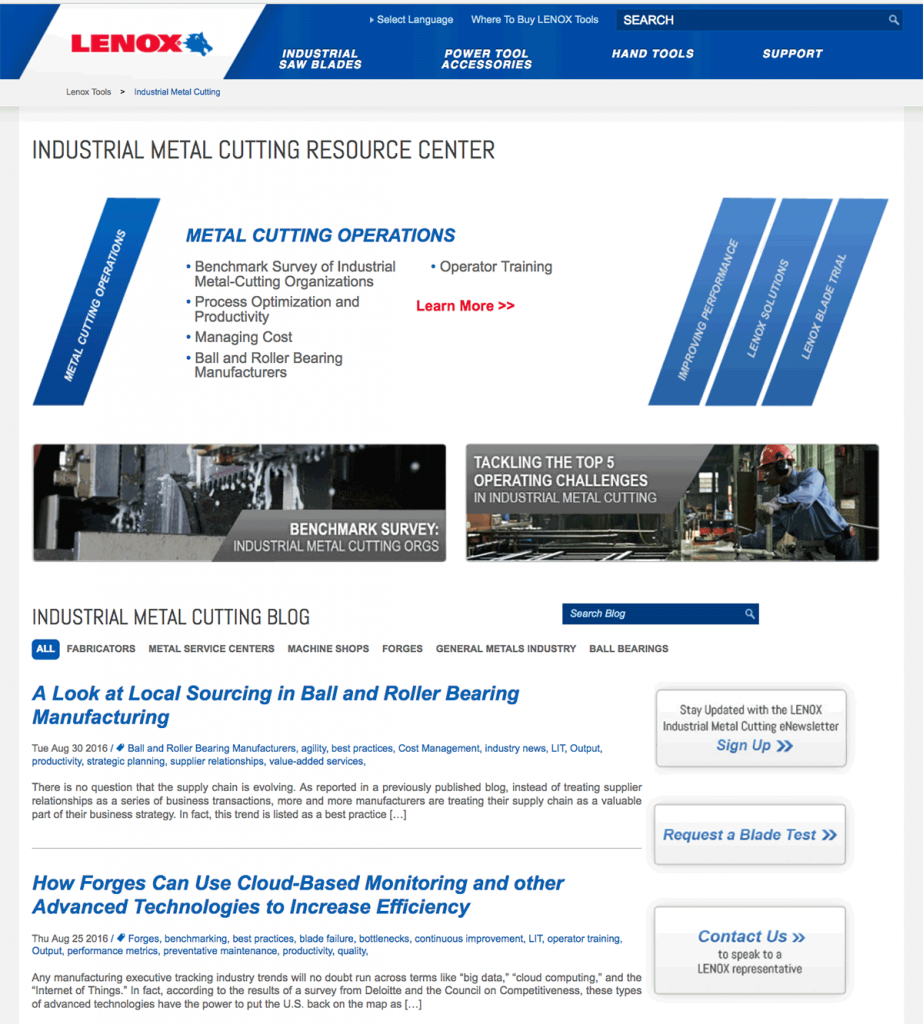
The metal cutting company LENOX Tools applied these content strategy best practices to their content – and got some great results.
All that content was developed specifically to meet the needs of LENOX’s buyer personas, and they fully developed each persona before they ever started developing content.
So if a metal cutting facility can create detailed buyer personas, build a robust content library/hub, and generate half their qualified leads from their content efforts… maybe you can, too.
Back to you
Where are you at with your company’s content strategy? Do you think a better strategy would help you, or do you believe success is just a matter of producing more and better content? We welcome your thoughts in the comments.
Want to learn more ways to publish smarter and get better results from your content? Find out how artificial intelligence is changing the content marketing game by providing marketers with actionable predictive insights to help them create better content that generates more traffic and leads!
Find out how to use the new Scoop.it Content Director to help you become a smarter marketer!
Image by Craig Garner.

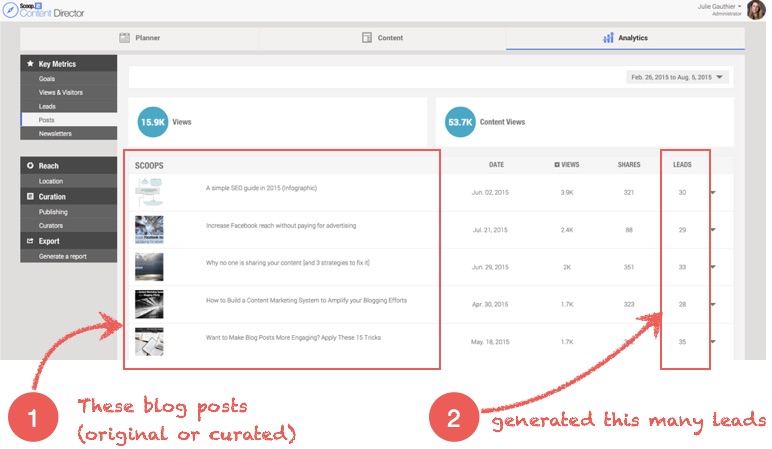
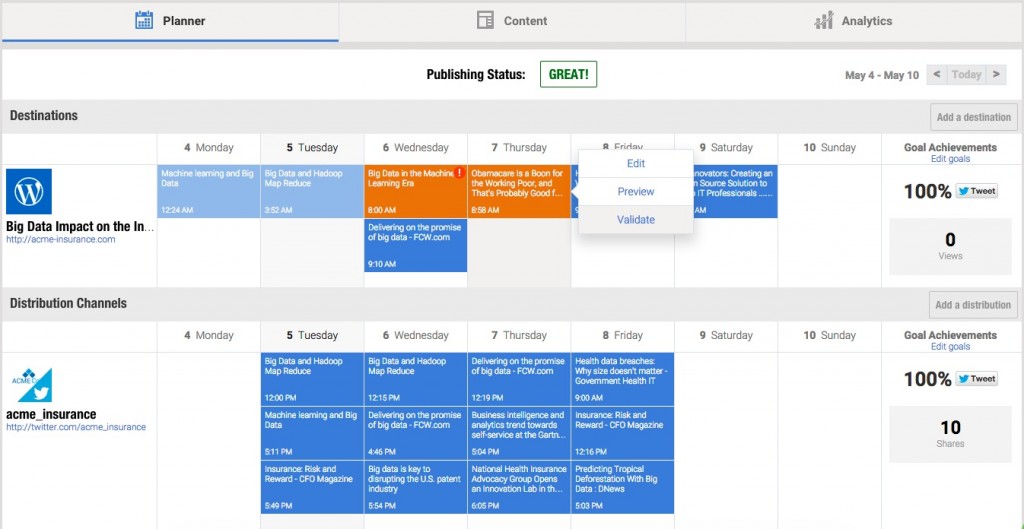
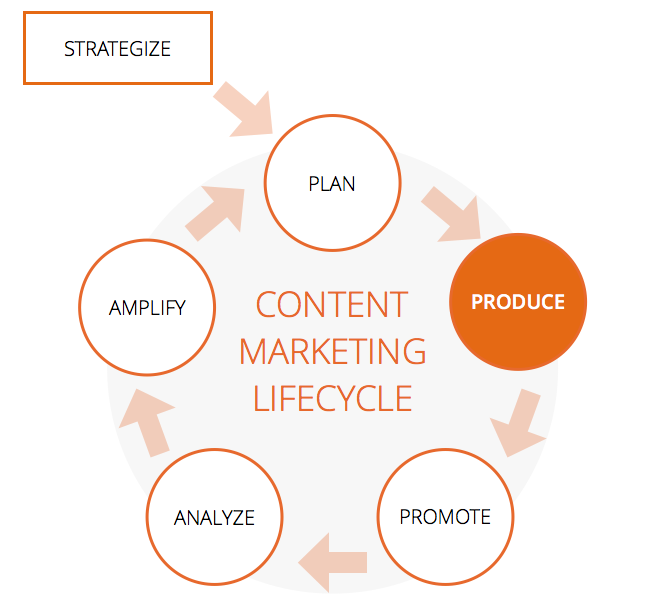


Pam,
Thanks for sharing everything we need to know about how to create a content marketing strategy. From how to create a buyer’s persona to how to execute a campaign.
To my surprise, I learnt a lot of new things that I though I already knew.
Cheers,
Anh